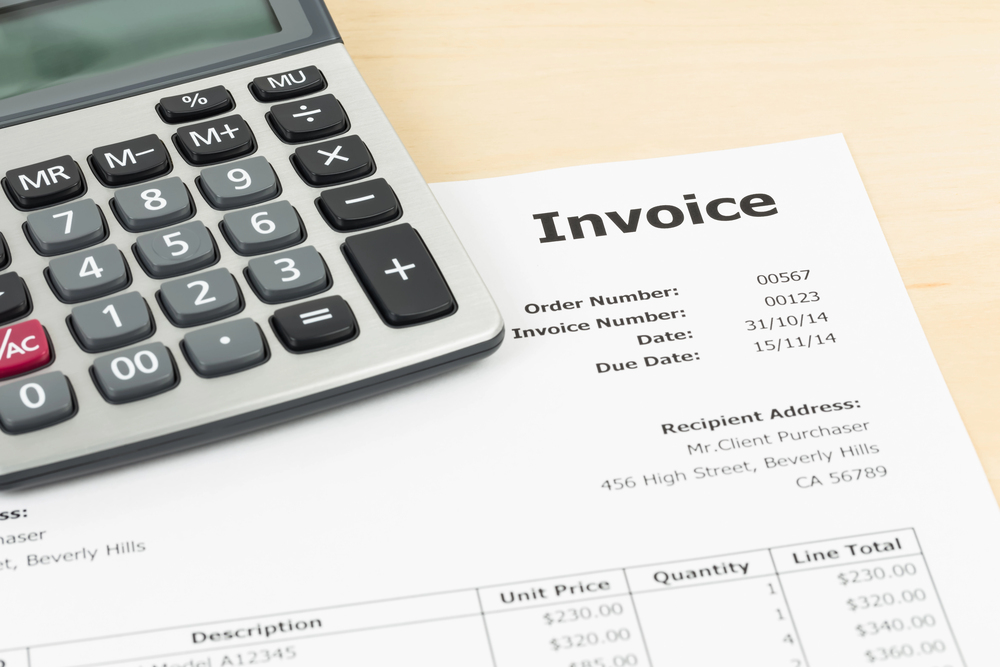An invoice for advance payment is a financial document used by businesses to request a partial or full payment before delivering a product or service. It helps ensure commitment from the client and secures initial funding, especially for resource-intensive projects. This guide walks you through everything you need to know about issuing, formatting, and managing advance payment invoices effectively.
Verdict
Advance payment invoices are essential tools for managing cash flow and mitigating financial risk, particularly in custom service sectors or large-scale projects. Whether you're a freelancer, agency, or B2B service provider, issuing a professional advance invoice sets clear expectations and fosters trust with clients.

What Is an Advance Payment Invoice?
This type of invoice requests money in advance—typically a percentage of the total cost. It's issued before work begins and helps businesses cover upfront expenses such as materials, planning, and labor. It also serves as a formal agreement on terms and deliverables.
Key Scenarios Where It's Used
- Custom projects with high upfront costs
- Booking and reservation-based services
- Freelance work and consulting
- Large contracts involving multiple milestones
Tables
Here’s a simple example of how an advance payment invoice is structured:
| Invoice Element | Details |
| Invoice Number | #2025-015 |
| Client Name | Jane Doe, Acme Corp |
| Advance Amount | $1,500 |
| Payment Terms | 50% deposit; balance on completion |
How to Create an Advance Payment Invoice
Step-by-Step Instructions
- Step 1: Title the invoice clearly as “Advance Payment Invoice”
- Step 2: Include your business and client details
- Step 3: Specify the project or services to be delivered
- Step 4: State the total project cost and advance requested
- Step 5: Add due dates, bank info, and payment terms
Example
"Advance payment for website development project scheduled to begin June 1, 2025. Total cost: $5,000. Advance required: $1,500."
Pros and Cons
Advantages
- Improved cash flow and risk management
- Confirms client commitment before work begins
- Allows purchase of materials or hiring in advance
Drawbacks
- May deter some clients unfamiliar with prepayments
- Can lead to disputes if not transparently communicated
Advance Payment vs Deposit vs Retainer
| Term | Definition | Refundable? |
| Advance Payment | Paid ahead of service as part of total cost | Usually yes |
| Deposit | Holds a spot or confirms service booking | Sometimes |
| Retainer | Paid to reserve ongoing availability | Rarely |
Types of Invoices That Include Advance Payments
Advance payment can be part of these invoice types:
| Invoice Type | Use Case |
| Proforma Invoice | Issued before delivery as a quote or for pre-payment |
| Deposit Invoice | To request a partial pre-payment |
| Milestone Invoice | Used for multi-stage projects with advance billing |
Software That Can Create These Invoices
- FreshBooks: Includes deposit and partial payment features

✔ Best choice for small and mid businesses
✔ Fast payment setup
✔ Great customer service
✔ Get 30-day free trial (not required creadit card)
- QuickBooks: Customizable invoice templates with upfront payment options

✔ Best choice for small businesses
✔ Automated online banking system
✔ Create estimates & Reports
✔ Get a 30-day free trial
- Zoho Invoice: Proforma and advance invoices, automated reminders

✔ Provides multiple payment gateways.
✔ Integrates with other Zoho apps to streamline workflow.
✔ Supports multiple languages and currencies.
✔ Offers a free plan for small businesses.
- Bonsai: Contract-to-invoice workflow with deposits
- Invoice Ninja: Open-source tool that supports advance payments
- Xero: Offers deposit invoicing and custom fields

✔ Simplifies bookkeeping, saves time and helps to grow your business.
✔ Mobile app gives you anytime access to financial information.
✔ Customer support team is dedicated to help you succeed.
✔ Free no-commitment 30-day free trial.





